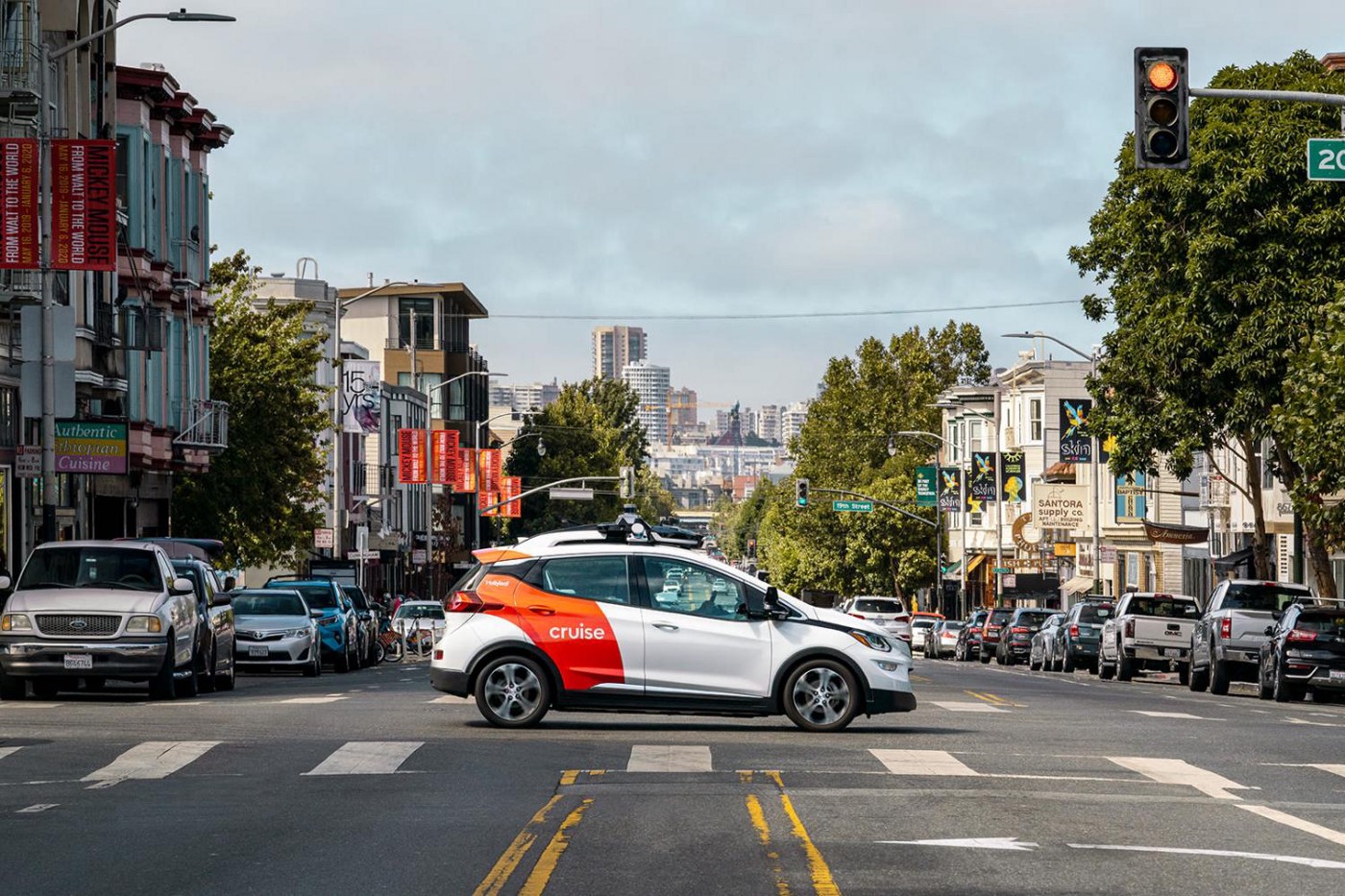Without a doubt, Pokemon Go was the surprise smash hit of summer 2016.
Not only did it earn millions of dollars in revenue in a matter of weeks, it also had 45 million users at its peak, approximately 50 times the amount anticipated by developer Niantic.
But beyond revenue for developers and advertisers, Pokemon Go also helped a host of local businesses, such as restaurants, bars, or bakeries, many of whom listed themselves as PokeStops, catering to hungry, thirsty, or tired gamers, and cashing in on this fad.
How augmented reality works
Pokemon Go is simple: the game uses GPS to juxtapose a lush, digital world of fantastic creatures and epic battles onto real-life streets and roads, blurring the fantastical and the physical. This is called augmented reality, which builds a digital world on top of the physical one–as opposed to virtual reality, which immerses users in a purely constructed, electronic world.
But there are plenty of revenue-generating uses for AR beyond PokeStops or even gaming. Let’s take a look at the Pokemon Go’s model and how it can be applied to real estate, traditionally seen by people as hidebound and resistant to change.
Real Estate and Augmented Reality
Augmented reality is actually a logical, natural fit for real estate, and has seen a variety of apps and startups in its field. After all, who hasn’t driven or walked through a neighborhood and stopped to stare at beautiful, unique houses or apartments? Who hasn’t walked down the street, seen a lovely residence, and wondered if they would be able to afford to rent or buy it?
Well wonder no longer, because AR real estate apps are here to answer that exact question. From an app that allows users to hunt for ghostly apartments to an app that can pull up real estate listings from geotagged pictures, AR is here to stay.
Homesnap: a modern answer to an old question
The best answer to the age-old question of “Can I afford that house?” comes from startup Homesnap, which may feature the simplest, most intuitive use of augmented reality since Pokemon Go. With this app, users simply take a picture of each property and access its details, such as price, amenities, and other features.
Recently, Homesnap also opened their app to real estate agents as well as buyers, allowing the two to communicate directly. In a classic example of disruption, Homesnap’s superior user interface and host of features have proven far more popular than more traditional multiple listing services (MLS) sites, which were long the mainstay of real estate agents and brokers.
But that’s not all: in a masterpiece of user experience and branding, Homesnap rolled out its Apple TV app, from which allows users to sync data from their phones to their televisions. More importantly, users can actually search other listings on Apple TV, share data with family and friends, and even browse contract and listing details, all in one click.
Spacious: Ghost stories and apartment discounts in Hong Kong
Founded in Hong Kong, a city with a rich tradition of ghosts and the supernatural, Spacious (not to be confused with the American startup of the same name) tracks residences with mystical, otherworldly pasts.
Using Spacious is simple and fun: players walk around with the app activated, and as they encounter haunted apartments, ghost icons will pop up on their screen.
Beyond simply appealing to seekers of the paranormal and occult, Spacious has a more practical use: helping users find cheap, if haunted, apartments. Given that Hong Kong is the most expensive city in the world, with the price of a luxury apartment equivalent to the cost of an Italian castle, affordable living is impossible unless users are willing to make some compromises.
Chief among these compromises are discounts for hauntings, murders, hangings, and many more. In one famous example, a luxury tower in the centrally-located Wan Chai district offered a 30% discount for an apartment that was the site of a notorious double-murder, whose perpetrator is on trial today.
Augmented reality and life-like modeling
But AR can go well beyond finding discount haunted apartments or geotagging properties. They can also spur new breakthroughs in design and planning, or even help would-be buyers and renters see their new property not as an empty shell, but as a fully-finished room.
Take the example of Augment, an AR software platform which can model anything from espresso machines to furnished rooms. With Augment, prospective clients can view a 2D floor plan or a bare, unfinished room through a tablet or smartphone–and envision the room in a final, decorated state. They can insert couches, tables, televisions, and many more into the physical space to allow for a full, vivid picture of their dream home.
Similar tools exist for modeling commercial properties. In much the same way, empty warehouses are transformed into bustling workspaces with AR, overlaying machinery, assembly lines, and packing containers on top of cavernous rooms, and enticing business owners and factory bosses with visions of a prosperous, vibrant future.
If it’s true that a picture is worth a thousand, then AR software like Augment may well be worth a thousand sales.
It’s easy to imagine that, in a few decades’ time, people will look back on our AR in 2016 and see it in much the same way as we remember Apple in the 1980s: as a time of great innovation and change, and a period when technology was just about to hit its stride. Clearly, Pokemon Go was a sign of times to come, an indication of a future where physical and digital blur together, seamlessly.





